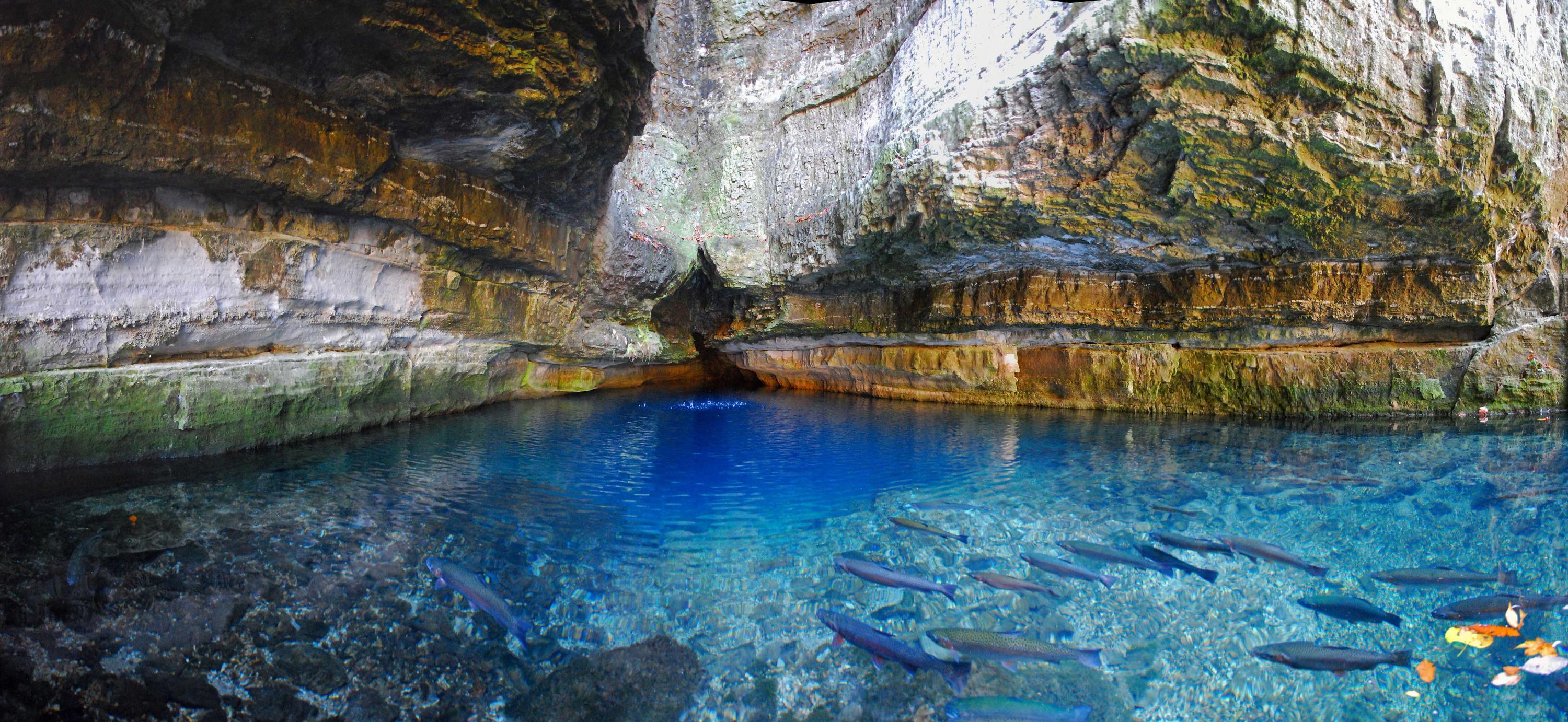
GAC Howard Street Robinson Medal Lecture: The Precambrian Secrets of Yukon
Derek
Thorkelson
Department
of
Earth
Sciences,
Simon
Fraser
University
Most geologists in Canada regard the Canadian Cordillera as a Phanerozoic orogen consisting of fold belts and accreted terranes rich in precious and base metal deposits, and flanked by the modern Cascadia subduction zone. To the surprise of many, the orogen also preserves a rich Precambrian history that spans over a quarter of Earth history.
The most extensive Precambrian exposures are preserved in structural culminations in Yukon Territory. These inliers extend from Alaska to the Northwest Territories and host sedimentary, igneous, metamorphic and hydrothermal rocks of Paleoproterozoic to Neoproterozoic age. The inliers lie within the Wernecke and Ogilvie Mountains, and the only road to cross them is the Dempster Highway as it passes north from Dawson City to Inuvik.
Few academic researchers have worked in these vast and mysterious mountains, and it has taken decades to unlock their geological secrets. My contributions began in 1992 as the leader of a two-person, four-year mapping program for the Yukon Government. With the help of several colleagues – mainly geochronologists -- we began to address outstanding geological issues and chart a research plan that would ultimately span 26 years. After moving to Simon Fraser University in 1995, the research benefited from the hard work and insight of graduate and undergraduate students.
Although each step was important, our most revealing strides have come in the past few years. We have developed a new, deeper understanding of how northwestern Canada evolved during the Proterozoic and participated in the construction and break-up of the supercontinents Nuna and Rodinia. This talk will provide a backdrop of information followed by recent research highlights including our new model of Proterozoic terrane accretion, and a glance toward future research.